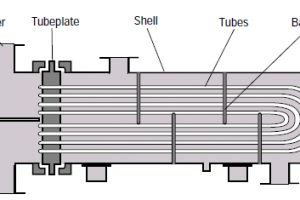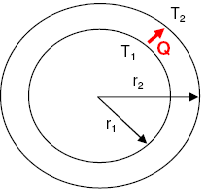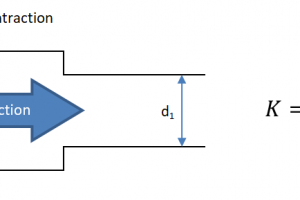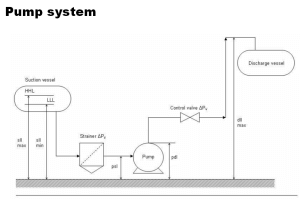Air density is a fundamental property of the Earth's atmosphere that plays a critical role in many scientific and engineering applications. In this post, we will explore the concept of air density, and how it can be calculated using different formulas and sample calculations.
Accurate air density calculations are crucial for optimizing combustion efficiency, controlling gas flow, designing fluid dynamic systems, sizing equipment, and ensuring compliance with environmental regulations. These calculations help ensure that industrial processes are efficient, reliable, and environmentally sustainable.
Table of content:
What is the density of air?
Theory behind air density calculation
How to calculate air density?
Tools for air density calculation
Standard air density
What is the density of air?
Air density is a measure of the mass of air per unit volume, typically expressed in kilograms per cubic meter (kg/m³) or pounds per cubic foot (lb/ft³). It describes how closely packed the air molecules are in a given space.
At a given temperature and pressure, the density of dry air is relatively constant. However, as the temperature and pressure change, the density of air also changes. As air temperature increases, the air molecules move faster and spread out, resulting in a decrease in air density. Similarly, as air pressure increases, the air molecules are compressed and packed closer together, resulting in an increase in air density.
Humidity also affects air density. When water vapor is present in the air, it displaces some of the nitrogen and oxygen molecules, which are the main components of dry air. Since water vapor has a lower molecular weight than nitrogen and oxygen, the presence of water vapor decreases the overall molecular weight of the air, resulting in a lower air density.
Theory behind air density calculation
Physical properties of air can be represented by the real gas equation, which is the modified version of ideal gas equation.
PV = ZnRT
where, Z is the compressibility factor for air
P, V & T are: pressure, volume and temperature of the gas
n: number of moles
R: Universal gas constant
This equation can be further modified to derive an equation for air density.
Since, n = Weight / Moleculat Wt. = W/M
PV = Z (Wt/MW) RT
P(MW) / ZRT = Wt/V
But Wt/V = weight / volume = mass per unit volume = ρ, i.e. density (kg/m3, gm/cm3)
So we get the equation for gas density,
Gas / Air density = ρ = P(MW) / ZRT
How to calculate air density?
Let's try this equation to calculate the density of air at standard temperature and pressure conditions.
Standard T&P (STP) as per IUPAC,
Standard pressure (P) = 100 kPa
Standard temperature (T) = 0 0C
Air Molecular weight (MW) = 28.85 gm/mol
Universal gas constant (R) = 8.314 J/K·mol
Air compressibility factor (Z) = 0.8777
Refer this table to get air compressibility factor at given temperature and pressure. Alternatively, you can also use this calculator when working with natural gas.
Using the equation from above,
Air density at STP = ρ = P×MW/(Z×R×T) = 100×1000×(28.85/1000)/(0.8777×8.413×(273.16+0))
Air density at STP (ρ) = 1.4304 kg/m3
You can use this same equation to calculate the density for any real gas when you know its molecular weight and the compressibility (Z) factor.
Tools for air density calculation
- For quick calculations, use this air density calculator to get a quick estimate based on temperature and pressure.
- For a more accurate calculation of air density, you would also need to use the correct molecular weight based on air composition and compressibility factor which you can estimate from this table.
- Refer to this sample calculation of air compressibility factor as a quick-start guide.
Standard air density
Often, you can choose to work with standard temperature and pressure conditions when performing engineering calculations which involve gas volume or volumetric flow rate.
Even for air, standard density is widely used for engineering calculations. As we saw in the sample calculation earlier in this post, standard air density at IUPAC STD conditions is - 1.4304 kg/m3
For other standard conditions, you can quickly get the standard air density values from the table over here.




